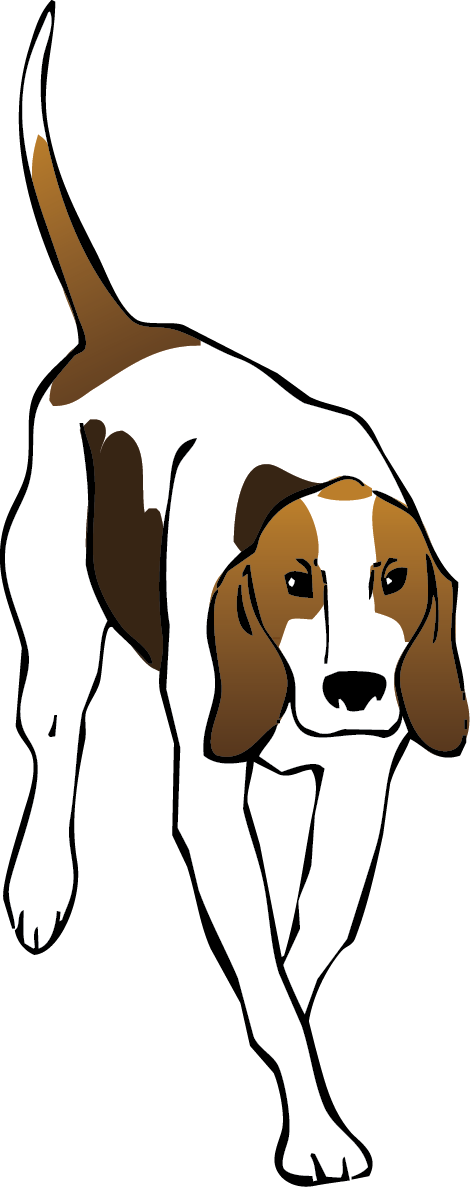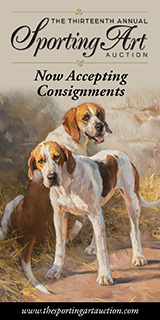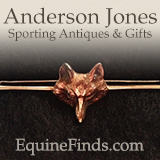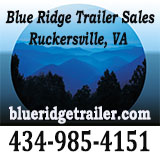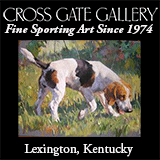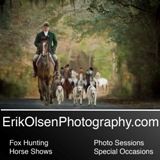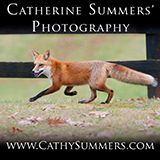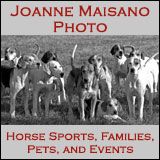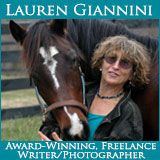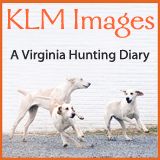drag hunting
Politics and Sport: The Berlin Wall and Drag Hunting
The state of Brandenburg in Germany (formerly a part of Soviet-controlled East Germany from 1945 to 1990) is known for its well-preserved natural environment. Ambitious preservation policies began there in the 1990s, following reunification of East Germany and West Germany. Berlin, which was also divided into East and West Zones until the fall of the Berlin wall, lies as a separate city-state within the borders of Brandenburg. Just a short twenty-five years ago the scenes in this video could not have taken place.
This video of the Brandenburger Hunting Club was recorded by a rear-facing camera attached to my wife’s helmet. The Club was founded in 1991—shortly after the fall of the Berlin wall and German reunification—in Seeburg, close to the capital of Brandenburg in Potsdam. The fall of the wall actually enabled drag-hunting in the area, as the required space was simply not available in the isolated city of Berlin. Needless to say, in socialist East Germany, drag hunting and foxhunting were certainly not sports encouraged by the state.
The Drag Hunt that Brightened My Season
James Tonery on Starlight, 17-h Irish Sport Horse
The Grallagh Harrier hounds that I follow in County Galway, Ireland had more than enough sport last season, but for us riders, hunting was hampered with the deluge of rain that fell from the heavens. No God would send such volumes of rain on any huntsman; there must be other forces at work here.
Because of the rain, I was able to hunt on open ground only three times. The rest of the hunting was done in forestry, where the hounds could have plenty of sport. To say I was frustrated is an understatement, but to be fair you could not expect to enter a farmer's land when it was under all that water.
Regardless, I have a lot to be joyous about. My hunt nominated me for being the best subscriber, having brought many newcomers to the sport from the U.S. and other parts. And, with all the water in the ground, I learned that the drag hunt has advantages to offer!
The Legitimate Sport of Drag Hunting
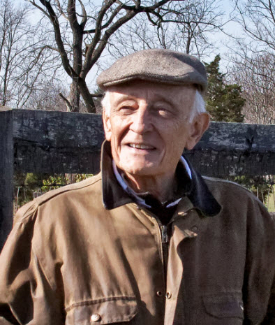 Karen L. Myers photoThe sport of drag hunting started as a competitive race in early seventeenth century England, developed into a fast dash over intimidating fences in early twentieth century North America, and evolved in more recent years into an artistic attempt to simulate live hunting.
Karen L. Myers photoThe sport of drag hunting started as a competitive race in early seventeenth century England, developed into a fast dash over intimidating fences in early twentieth century North America, and evolved in more recent years into an artistic attempt to simulate live hunting.
Since foxhound packs that run a drag scent—either exclusively or periodically—account for about seventeen percent of all MFHA-Registered hunts in North America, we’re devoting much of this issue to a comprehensive view of the sport and its history, with observations, comments, and recommendations from some of today’s best practitioners.
Drag Hunting Today
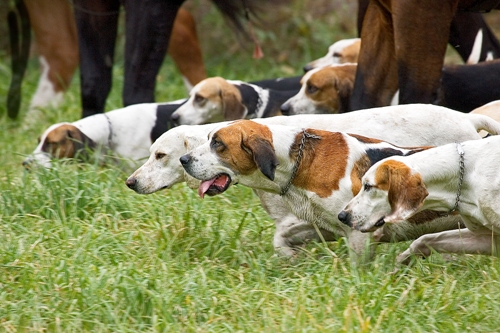 Wayne-DuPage drag hounds head to covert. / Chris Carney photo
Wayne-DuPage drag hounds head to covert. / Chris Carney photo
Drag hunting, according to conventional wisdom, is what a hunt does when its country is constricted by suburban development. Sometimes that’s true, but, more often, hunts follow a dragged line of man-laid scent because the Masters want to. And a few hunts have been doing it for more than a century.
Each type of hunting—live or drag—has its pluses and minuses, depending on the needs and priorities of the participants. Drag hunting offers a controlled hunting experience to the benefit of hounds, riders and landowners. With a judicious laying of the drag, hounds are safer because roads and other hazards can be avoided; farmer’s crops are protected from horse’s hooves; homeowners’ lawns and yards are not trampled; and small pets are safe from the attention of hounds (all assuming that hounds don’t riot).
For riders who seek a gallop over fences, drag hunting offers a more efficient use of time, with no standing on a windy hillside while hounds search a covert for a fox (which may or may not be found). Thus the drag-hunting day typically lasts about two to three hours, with guaranteed galloping and jumping, better suiting those with a busy schedule, rather than the three- to five-hour day usually consumed by the ebb and flow of live hunting.
Drag Hunting: From Racing to Simulating the Hunt
 Mrs. Louise Eustis Hitchcock, MFH and huntsman of the Aiken Drag Hunt and Mr. Thomas Hitchcock / Courtesy Hitchcock Woods Foundation
Mrs. Louise Eustis Hitchcock, MFH and huntsman of the Aiken Drag Hunt and Mr. Thomas Hitchcock / Courtesy Hitchcock Woods Foundation
Drag hunting was once a gloriously competitive sport, the roots of which go back to seventeenth-century England. During the reign of King James I (1603–1625), it began as a sport known as running a train scent. A “drag was laid, hounds were put on the line, and ran it at a racing pace. The horse in the lead at the end of the drag was declared the winner,” wrote the late Alexander Mackay-Smith in his Foxhunting in North America.
Later in the same century, during the reign of King Charles II (1649–1685) , a gentleman could enter his hound or hounds to compete for the Woodstock Plate, a race for hounds following a four-mile drag as a test of both the hound’s speed and its ability to follow a scent. When houndsmen and spectators discovered that the best and, not incidentally, the most enjoyable way to follow the hound race was on horseback, the sport of drag hunting was born according to John Philip Hore in his History of Newmarket.
Even Hugo Meynell, the father of modern foxhunting, played his part in drag-hunting history when, in 1763, he participated in a celebrated hound match in the form of a drag hunt between his Quorn Foxhounds and those of Mr. Barry’s Cheshire Foxhounds. By the nineteenth century, the notion of a guaranteed, sustained gallop over jumps appealed to many sportsmen, especially those who mainly hunted to ride.
RSPCA Makes Overture to English Countryside
Stung by criticism of the staggering amount of money—£326,000—spent to prosecute the Heythrop hunt for violations of the Hunting Act, the Royal Society for the Prevention of Cruelty to Animals (RSPCA) is attempting to repair relations with the British countryside. (See earlier, related FHL article.) The Society has proposed the establishment of a new self-regulating hunting association—an independent trial and drag hunt association—that would open the country to riders and hounds following drag lines, or laid scents. Sir Barney White-Spunner, executive chairman of the Countryside Alliance, responded, “We are quite happy to talk to the RSPCA in the interests of animal welfare when they drop their increasingly radical and politicised animal rights agenda.” White-Spunner’s response was interesting in that it articulates a distinction which eludes many people: that animal welfare and animal rights are two very different philosophies. While animal welfare strives to care for all animals with compassion and enhance the well-being of all species, animal rights seeks to end man’s dominion over animals and endow them with the same rights as humans. Click to read Stuart Winter’s complete article in The Express. Posted July 22, 2013
Read More
Chasing the Drag at Misty Morning Hounds
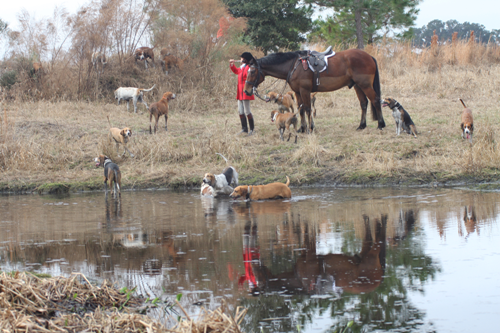 Master and huntsman Alexis Macaulay calls hounds to water at day's end / Carolyn Carnes photo
Master and huntsman Alexis Macaulay calls hounds to water at day's end / Carolyn Carnes photo
At the time that Mac and I started our pack, I had never before drag hunted. The territory I was able to secure, however, was public land, and the regulations stated, "taking of fox is strictly forbidden." While that has since changed, we have such a steady pack on the drag at this point that I hesitate to send it live. Also, we hunt on several small, privately owned fixtures that are extremely popular with the members because of the interesting terrain and abundance of jumps, and in those fixtures it would be impossible to hunt live because of the size.
In the beginning, since I knew nothing about the sport, I read everything I could get my hands on about drag hunting. I experimented with various scents and scent combinations, but the pack was light on cry, so I sought help. The hounds, which had been drafted from the Middlebury Hunt (CT) when they disbanded, were live hunters, so we had a double challenge—the blind leading the blind.
The Hunt Button Mystery
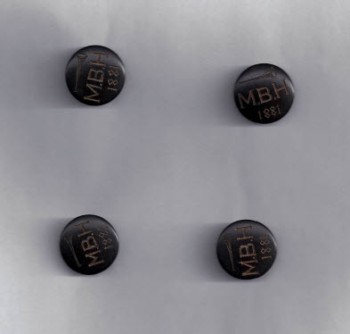 It began with a subscriber’s question. Vicki Reeves wrote, “A friend inherited some hunt buttons which have a hunting horn on them and "M.B.H. 1881." How can I find out what hunt they represent or any additional information about the buttons?”
It began with a subscriber’s question. Vicki Reeves wrote, “A friend inherited some hunt buttons which have a hunting horn on them and "M.B.H. 1881." How can I find out what hunt they represent or any additional information about the buttons?”
Foxhunting Life was able to identify the buttons as those of the Meadow Brook Hunt (NY). Once that was established, the owner of the buttons, Connie Rhodes West from Tampa, Florida was able to surmise the likely provenance of the buttons back through family history. Her story was so interesting, and the chronicle of the fabled Meadow Brook Hunt is so extravagant, we thought our readers would enjoy a trip back to those bygone days.
Cambridge University Draghounds (UK)
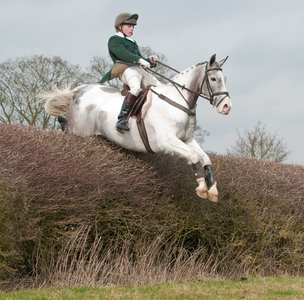 Jack Day, Joint-MFH flies a Leicestershire hedge
Jack Day, Joint-MFH flies a Leicestershire hedge
A number of universities in England maintain a pack of foxhounds or beagles hunted on horseback or afoot. Students often comprise the staff—Master, huntsman, whippers-in—and this tradition has provided a start for some of the most successful and brilliant Masters and huntsmen that England has produced—Ronnie Wallace for just one.
At Cambridge University a pack of foxhounds are maintained that hunt a drag laid by student volunteers normally from the cross country track team. Hounds usually complete three or four "lines" during a day's hunting, which might take two to three hours.
At Cambridge, not only undergraduate students serve as Masters but adults who have no connection with the University serve as well. The huntsman is Matt Gingell, a local farmer.
